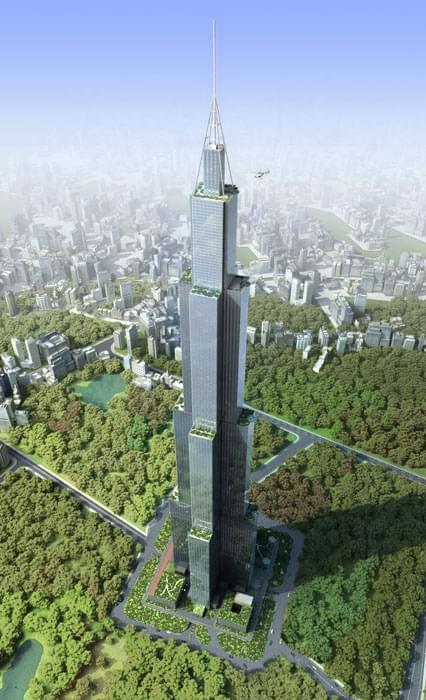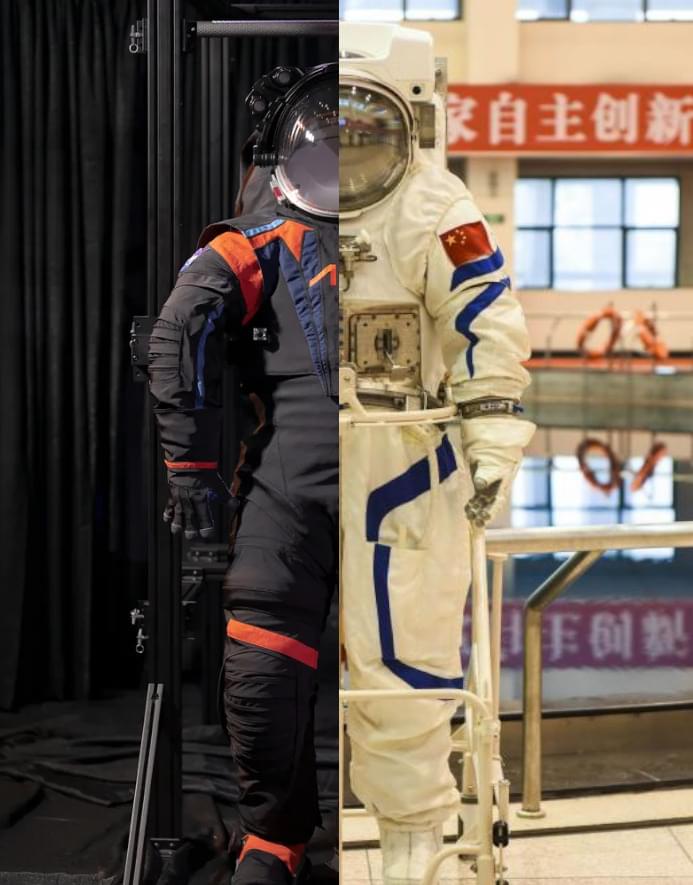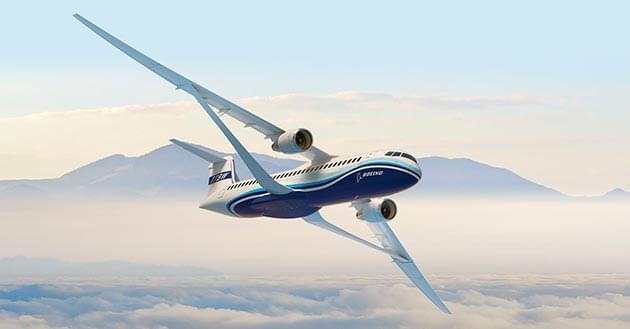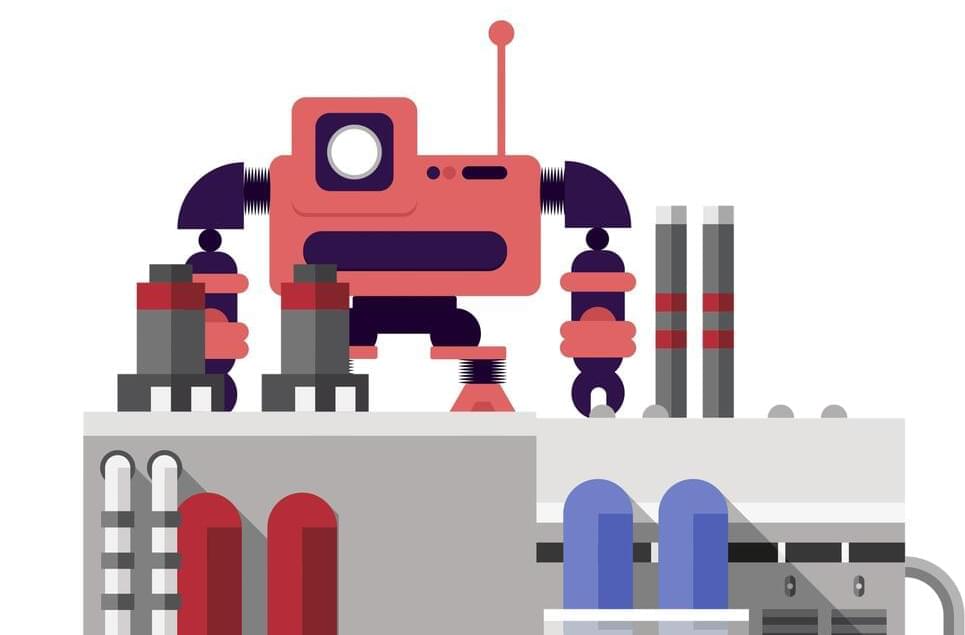
Humanity has had a sustained human presence in space for decades now. Traveling the world can be done in mere hours, and each of us carries within our pockets a supercomputer that is linked to all of human knowledge. Our fingertips are now more powerful than the kings or queens of centuries past. For all of our flaws and challenges, we live in the protopia today.
Not dystopia, not utopia, but something else.
]]>
Sky City was an ambitious leap, an entire mini-city contained within a single building. At some 1.05 million square meters and.
The story of China’s Sky City, a prefabricated megastructure that hoped to cut the cost of housing, and why Sky City failed.
]]>
Bootprints have not been left on the Moon since the early 1970s, but that will soon change. With NASA’s Artemis and China’s CLEP programs both scheduled to return humans to the Moon before 2030, the two superpowers are apparently in a “race” to the Lunar surface. But this time, who gets there “first” matters little. Instead, this race is about building a sustainable human presence on the Moon.
Here is how China’s and America’s approaches differ, and what it means for the future of spaceflight and human progress.
A comparison of the hardware China and the US are developing to return humans to the Moon.
]]>
I really love this.
Boeing and NASA have teamed up to radically redesign wings on commercial airliners.
The Transonic Truss Based Wing is about 50 percent longer and much thinner, improving fuel efficiency by 10 percent, and reducing the cost and emissions of future airliners.
Seems a fairly simple change with significant benefits, are there any downsides?
How Boeing and NASA may reinvent the wing to reduce the cost and emissions of air travel.
]]>
The story of how humanity discovered its place in the universe.
]]>
Dead end, panacea, or something in between?
]]>
How DAOs can change the face of science.
]]>